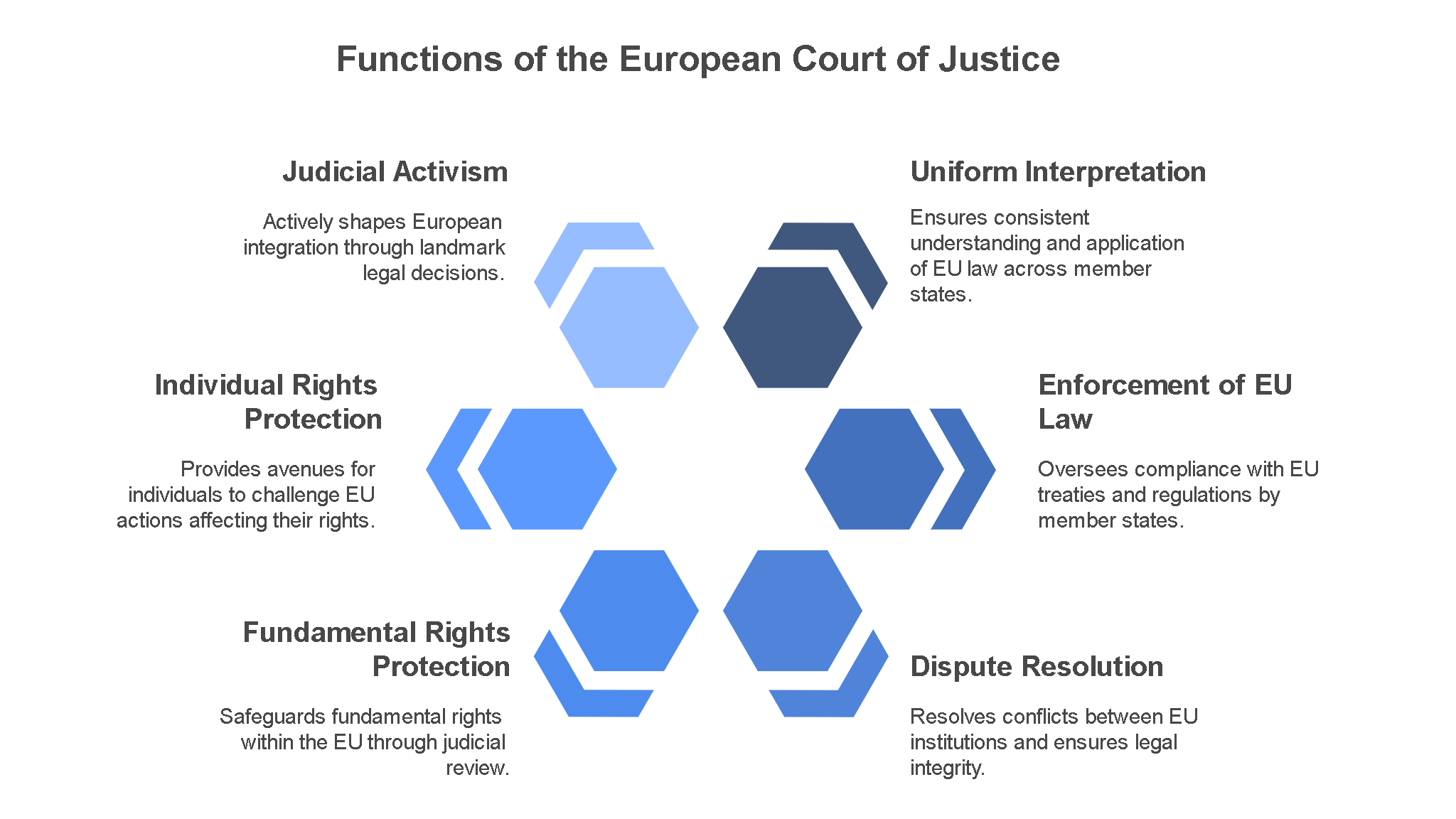Political violence encompasses a wide range of actions aimed at achieving political goals through the use of force, coercion, or intimidation. It includes acts such as terrorism, insurgency, civil war, state repression, and political assassinations. The causes of political violence are complex and multifaceted, often stemming from a combination of social, economic, political, and cultural factors. Understanding these underlying causes is crucial for addressing and preventing political violence.
1. Political Exclusion and Marginalization:
One of the primary drivers of political violence is the exclusion or marginalization of certain groups from political power, representation, and decision-making processes. When individuals or communities feel disenfranchised, oppressed, or marginalized by the state or ruling elite, they may resort to violence as a means of expressing their grievances, seeking redress for injustices, or asserting their rights and interests. Political exclusion can take various forms, including discrimination based on ethnicity, religion, race, or political affiliation, as well as unequal access to resources, opportunities, and public services.
2. Authoritarianism and Repression:
Authoritarian regimes and repressive governments often rely on violence and coercion to maintain power and control over their populations. Political violence may be used to suppress dissent, silence opposition, and intimidate critics, thereby perpetuating the regime’s hold on power. State repression, including arbitrary arrests, torture, extrajudicial killings, and censorship, can fuel resentment, anger, and resistance among the population, leading to widespread discontent and acts of political violence in response to perceived injustices and abuses of power.
3. Socioeconomic Inequality and Marginalization:
Socioeconomic inequality and marginalization are closely linked to political violence, as they create fertile ground for grievances, resentment, and social unrest. When large segments of the population are excluded from economic opportunities, denied access to basic services, and marginalized in society, they may become more susceptible to radicalization, extremism, and recruitment by violent groups. Economic disparities can exacerbate existing social tensions, fueling grievances based on class, wealth, or socioeconomic status, and driving individuals to resort to violence as a means of addressing their grievances and seeking social change.
4. Ethnic and Religious Conflict:
Ethnic and religious tensions are significant drivers of political violence, particularly in multiethnic and multicultural societies where identity-based cleavages are salient. Competition for resources, power, and territory along ethnic or religious lines can escalate into violent conflict, as rival groups seek to assert their dominance, protect their interests, or defend their identity and cultural heritage. Political leaders and extremist organizations often exploit ethnic and religious divisions for their own gain, promoting divisive narratives, stereotypes, and ideologies that justify violence and sow discord among communities.
5. Political Instability and Weak Governance:
Political instability and weak governance create conditions conducive to political violence by undermining the rule of law, eroding public trust in institutions, and fostering a sense of insecurity and uncertainty. Fragile states, failed states, and countries experiencing political transitions or post-conflict reconstruction are particularly vulnerable to outbreaks of violence, as competing factions vie for power, resources, and influence. Weak institutions, corruption, and impunity can exacerbate social tensions, exacerbate grievances, and create opportunities for violent actors to exploit.
6. Ideological Extremism and Radicalization:
Ideological extremism and radicalization play a significant role in fueling political violence, as individuals and groups embrace extremist ideologies that advocate for the use of violence to achieve political, religious, or ideological objectives. Radical ideologies, whether based on nationalism, religious fundamentalism, communism, or other beliefs, often provide a sense of identity, purpose, and belonging to marginalized individuals seeking meaning and empowerment. Extremist groups may use propaganda, social media, and recruitment tactics to radicalize and mobilize individuals to carry out acts of violence in pursuit of their goals.
In conclusion, political violence is a complex and multifaceted phenomenon driven by a combination of social, economic, political, and cultural factors. Addressing the root causes of political violence requires a comprehensive approach that addresses underlying grievances, promotes inclusive governance and social justice, and addresses the conditions that fuel extremism, radicalization, and conflict. By addressing the underlying causes of political violence and promoting peace, stability, and inclusive development, societies can mitigate the risk of violence and build more resilient and peaceful communities.



Leave a Reply